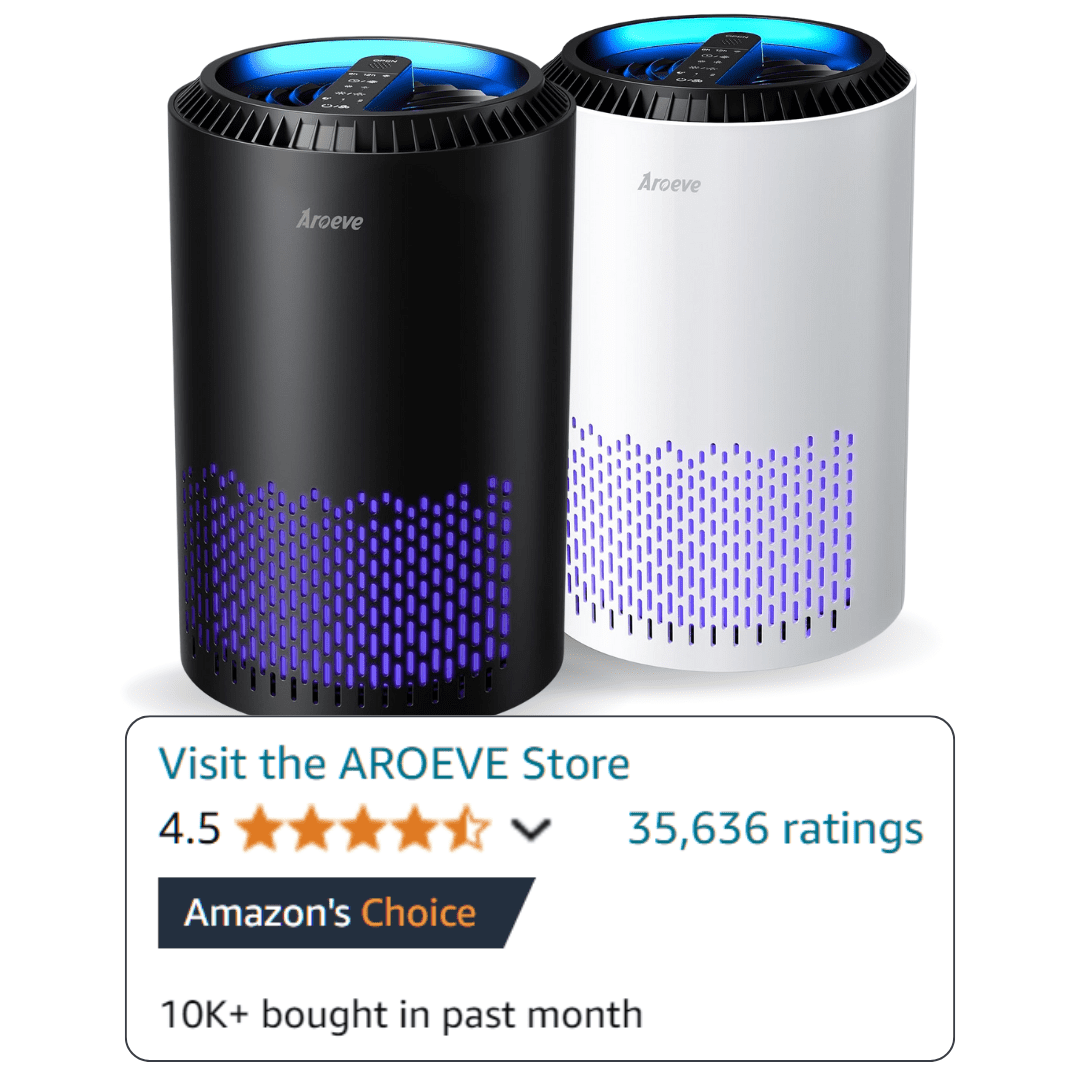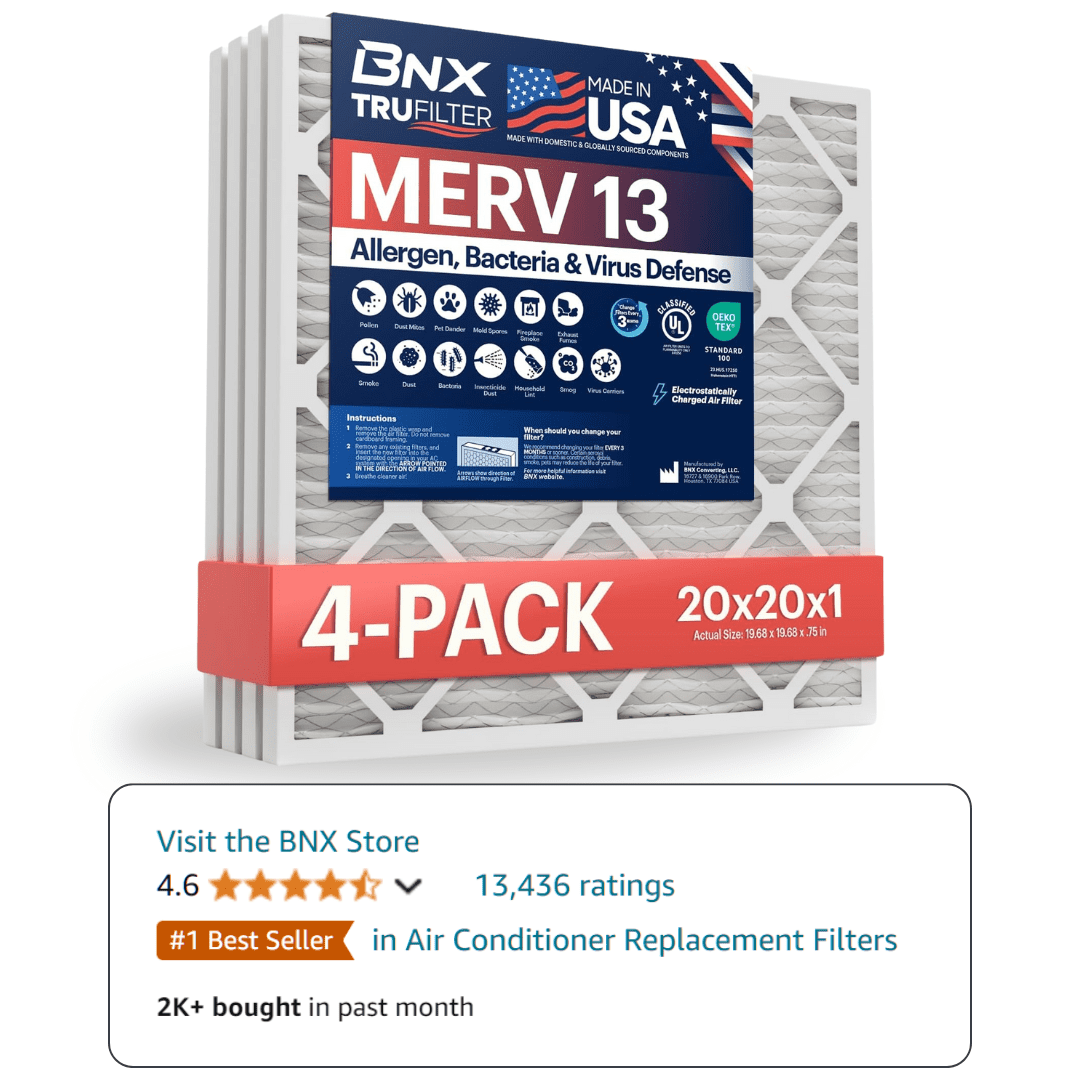High humidity at home isn’t just uncomfortable; it can cause bigger issues like mold, allergies, and even health problems.
Many homeowners try to solve this problem, but end up making costly how to lower humidity mistakes instead.
In this guide, we’ll show you which humidity control mistakes to avoid, back it up with expert advice, and walk you through safe, effective fixes for every season and space.
Why Lowering Humidity the Wrong Way Can Backfire
Managing humidity isn’t just about comfort. It’s about your health and your home’s safety.
When you try to bring humidity down using shortcuts or poor methods, you risk creating conditions that can make the situation worse.
- Mold Growth: Too much moisture allows mold and mildew to grow. Mold spores are linked to allergies and respiratory issues, especially in children and seniors. (Learn more in our Mold Prevention guide.)
- Dust Mites: These tiny bugs love humid air. They trigger asthma and worsen allergy symptoms.
- Poor Indoor Air Quality (IAQ): Excess humidity lets bacteria and unhealthy airborne particles thrive.
According to the EPA and ASHRAE standards, the best indoor humidity is between 30% and 50%. But our research and expert consultations suggest 40-60%.
Anything above that increases risk of mold, allergies, and damage to wood or paint. For a full humidity control guide, see our Humidity Guide.
7 Humidity-Lowering Mistakes You’re Probably Making
Think you’re lowering indoor humidity the right way? Let’s look at the most common how to lower humidity mistakes—and why they can backfire:
- Overusing Air Conditioning Without Ventilation
Many people run their AC constantly in summer, hoping to tackle humidity. But most air conditioners are designed to cool the air, not remove moisture efficiently. Without enough fresh air exchange, humidity can build up indoors. - Closing Vents in Unused Rooms
Trying to save energy by closing vents? This traps moisture and creates uneven airflow. It’s a fast way to worsen indoor air quality and can actually make other rooms more humid. If you’re rushing to learn how to lower humidity in house fast, don’t make this mistake. - Ignoring Leaks & Poor Insulation
Small leaks in pipes or roofs often go unnoticed, especially in winter. Poor insulation allows cold air to meet warm, moist air—causing condensation on walls or windows. This is one of the top how to lower humidity mistakes in winter and can quickly lead to mold. Prevent mold with our Mold Prevention tips. - Using a Dehumidifier Incorrectly
A dehumidifier is only effective if it’s the right size for your space, placed properly (usually away from walls), and cleaned regularly. Many first-time users put it in a corner, use the wrong settings, or forget to empty/clean the tank. This makes the unit less efficient and can make the humidity problem worse.- Best dehumidifier settings for home:
- Set humidity level to 40%–50%
- Keep intake and exhaust vents clear
- Clean filters every 2–4 weeks
- Empty water bucket daily (unless auto-draining)
- Best dehumidifier settings for home:
- Blocking Natural Airflow in the Bedroom
In the bedroom, poor ventilation—like keeping windows closed all night or blocking airflow with furniture—lets humidity build up from breathing, showers, and laundry. Wondering about how to lower humidity mistakes in bedroom? Use fans to circulate air, and crack a window when possible. - Relying Only on DIY Hacks (Rice, Charcoal, etc.)
DIY tricks are popular, but most (like bowls of rice or charcoal) can’t handle ongoing moisture problems. For those searching how to lower humidity mistakes naturally, these hacks may provide small, temporary relief, but they won’t fix a real humidity problem. - Not Monitoring Humidity Levels
Guessing instead of measuring means you never know if your efforts are actually working. Using a smart hygrometer gives you real-time, accurate readings, unlike relying on “how does it feel?” judgments.
How to Fix These Mistakes (Step-by-Step Guide)
Now that you know what doesn’t work, let’s walk through proven fixes—including simple seasonal adjustments, safe natural solutions, and when to get professional help.
Seasonal Adjustments
- Summer: Run a quality dehumidifier in living areas and basements. Use exhaust fans when cooking or showering. Keep AC settings at 72–74°F with the “dry” or “dehumidify” mode if available. Don’t forget to ventilate—especially after it rains.
- Winter: Fix leaks or condensation around windows and pipes. Use weatherstripping and insulation to stop outside air from mixing with indoor warmth. Short, cool showers help. Keep humidity above 30% but below 50% to avoid static and mold.
Natural Methods That Actually Work
- Ventilate: Open windows for cross-breezes on dry days. Use ceiling or box fans to keep air moving.
- Reduce steam: Put lids on boiling pots, always vent clothes dryers outside, and squeegee bathroom tiles after showers.
- Houseplants: Some plants (like peace lily, English ivy) help absorb small amounts of moisture—but don’t overwater.
- Use moisture absorbers: Commercial products made with silica gel actually work for closets and small rooms—much better than rice or salt.
How to check humidity without a hygrometer?
- Place a few ice cubes in a glass of water. Wait 3–4 minutes. If water doesn’t condense quickly outside the glass, the air may be too dry (not too humid).
- But for best results, buy an affordable digital hygrometer for accurate, daily readings.
When to Call a Pro
If you see mold patches, constant window condensation, or unexplained health issues, reach out for an expert assessment. Need professional help? Find IAQ experts near you for a full home checkup or advanced solutions like whole-home dehumidifiers.
Reddit’s Most Debated Humidity Fixes—Do They Work?
On Reddit and other forums, you’ll find a ton of homemade tips on how to lower humidity mistakes Reddit users regret:
“Just set a bucket of salt in the room, it’ll suck right up!” — u/budgetdiyguy
Expert Verdict: Salt, rice, or charcoal only absorb tiny amounts of moisture—great for a drawer, useless for a whole room. According to HVAC professionals, these hacks may provide placebo comfort but don’t address root causes.
“Open every window in the winter to air it out!” — u/questionableadvice
Expert Verdict: While opening windows briefly can help ventilate, doing so in cold, wet weather increases condensation and energy loss. Instead, use well-sealed exhaust fans and fix leaks first.
“Put a dozen houseplants everywhere, they’ll suck up all the moisture.” — u/plantpower98
Expert Verdict: Houseplants absorb some humidity but add moisture when watered. Choose a few moisture-loving plants, but don’t rely on them as your primary solution.
Always consult a licensed IAQ or HVAC professional for recurring issues or conflicting advice.
Your Humidity Control Action Plan
- 1. Measure Often: Place digital hygrometers in bedrooms, bathrooms, and basements. Aim for 30–50% humidity.
- 2. Download our free IAQ Checklist to track fixes.
- 3. Fix Leaks Immediately: Even minor pipe or roof leaks can add gallons of moisture weekly.
- 4. Choose the Right Dehumidifier: Match size (pint capacity) to your room. For help, check a dehumidifier buying guide or call an expert. Remember to clean and maintain units regularly.
- 5. Schedule a Professional Assessment: If dealing with stubborn mold, health symptoms, or musty odors, invest in a pro inspection. Find trusted local IAQ experts here.
Ready to breathe easier at home? Check your humidity levels, avoid these common mistakes, and use our simple checklist to stay on top of indoor air quality.
Smarter Humidity Means a Healthier Home
Lowering home humidity isn’t just about comfort, it’s about well-being. By dodging common how to lower humidity mistakes and following proven, expert-backed fixes, you can keep your family healthy, preserve your property, and enjoy a dryer, more comfortable space.
Remember, accurate measurement, regular maintenance, and using the right tools for the job are key. For more info, visit our Humidity Guide, or download our IAQ Checklist to take action today.



